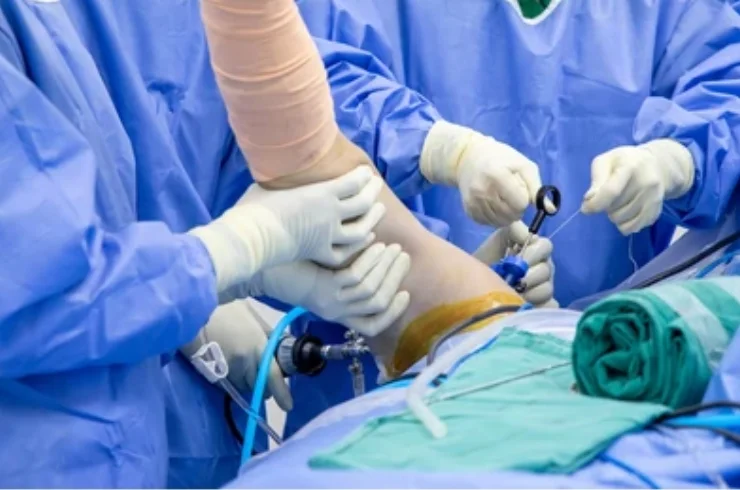Exploring Arthroscopy Surgeries: A Key Approach to Managing Sports Injuries
Athletes and active individuals frequently experience sports injuries, ranging from minor sprains to severe ligament and cartilage tears. Arthroscopy, a minimally invasive surgical technique, has become essential in treating many of these injuries. This procedure involves small incisions and the use of an arthroscope to visualize and repair joint issues, minimizing tissue damage. Common injuries treated with arthroscopy include meniscus and ACL tears in the knee, rotator cuff injuries in the shoulder, and ligament repairs in the ankle. The benefits of arthroscopy include reduced recovery time, less postoperative pain, and lower infection risks. Comprehensive rehabilitation protocols following the surgery enable athletes to regain strength and function, allowing for a quicker return to their sports activities.
